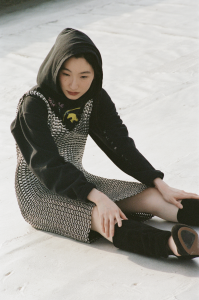Forget French: the language of costume design is a whole lot more than past participles
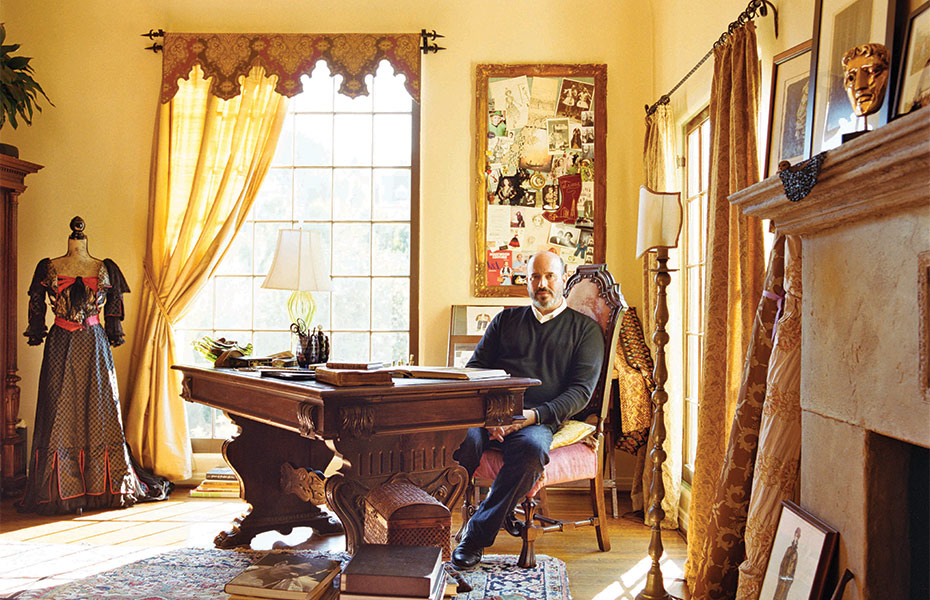
Photography: Amanda Marsalis
Although Mark Bridges’ clothes have been seen and admired by millions of moviegoers, most of them have no idea who he is. The costume designer dressed Philip Seymour Hoffman in The Master, Daniel Day-Lewis in There Will Be Blood and Tom Cruise in Magnolia, and for him it’s about more than just clothes. It’s about creating a world that people can immerse themselves in, where detail has to make sense. “It’s like filling in the colouring book of a film. Actors have method acting, we have method shopping,” Bridges says over the phone from his Hollywood studio.
“If clothes make the man, then certainly the costume designer makes the actor! The costume designer is not only essential but is vital, for it is they who create the look of the character – without which no performance can succeed,” Audrey Hepburn said in her speech at the 1986 Academy Awards. Acting is a way of communicating feelings, and costume design plays a pivotal role. “Hopefully, the costumes speak volumes about the person, place and time. Sometimes the actors don’t have to open their mouths because the clothes say it all,” opines Bridges.
Richard Taylor, who worked on the costumes and props for Peter Jackson’s Lord of the Rings trilogy, goes a step further: “In my view, design is second only to the script in filmmaking. Without design you have a film lacking in visual integrity, and the sophisticated audience that watches cinema today is as deserving of great design as any audience over the past 100 years.”
However you choose to view costume design, it requires close working between members of the production team. “Yes, it’s an amazingly collaborative process – an exchange of ideas, thoughts and inspirations to make all areas of our collective work as strong as possible,” Taylor says. “With the help of Peter and his fellow writers, we were able to access any and all background development that they may have used for their scriptwriting, and similarly we shared our mood, texture and fabric sampling for them to utilise in their own work. It’s one of the most enjoyable parts of the filmmaking process.”
Crucial to the image of the actor, costume designers help define characters and personalities, and also assist the audience in keeping track of time and movement. “We use a palette of colours to subtly differentiate between places and times. You get a sense of being somewhere completely different because of the colour-coding; it’s visual storytelling with clothes,” says Bridges.
Colour certainly makes the job easier but Bridges, who also worked on The Artist, has had to learn to cope without. “With black and white films you have to work with textures and fabrics like satins and brocades. You use crisp high-contrast black and white shades for characters at the top of their game. If their star is down, you use a medium-value palette of mushy and flat greys. Contrast equals interest in black and white. And when there’s no sound, the eyes take over from the ears. You get your information from the clothes and other visual elements like photography, art direction, makeup and hair.”
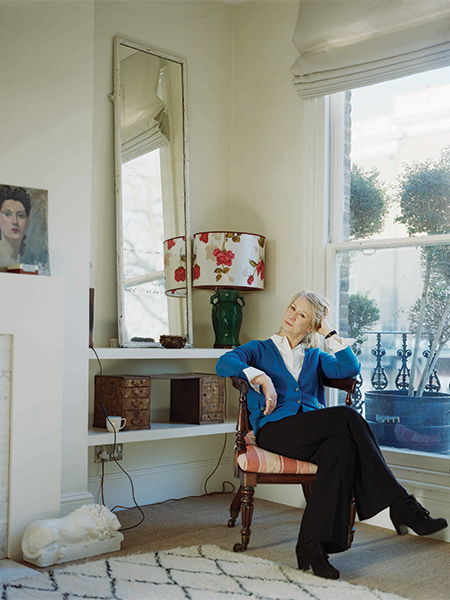
Photography: John Spinks
Costume design not only gives actors a sartorial tool. It’s also a way for audiences to identify with a film based on real events – but because the people portrayed actually lived or still live, the clothes need to reflect a certain period. British costume designer Joanna Johnston, who worked on the Steven Spielberg-directed and Oscar-nominated Lincoln, knows this only too well: “It’s an honour to do it right as I know relatives will see the film, people who actually know what looked like. Throughout the research process we looked at photos from that time and then translated it into costumes. It needs to be true and appropriate.”
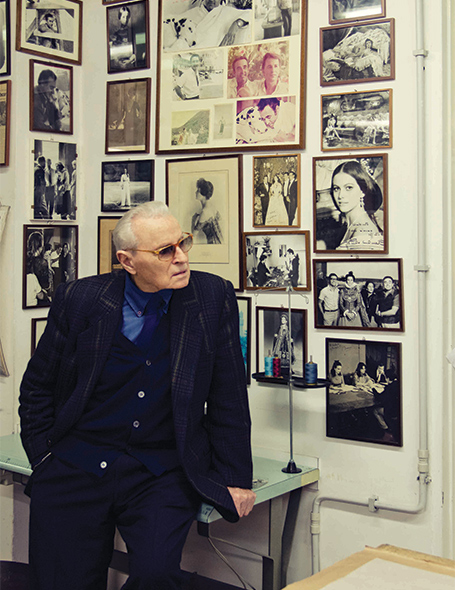
Photography: Laura Sciacovelli
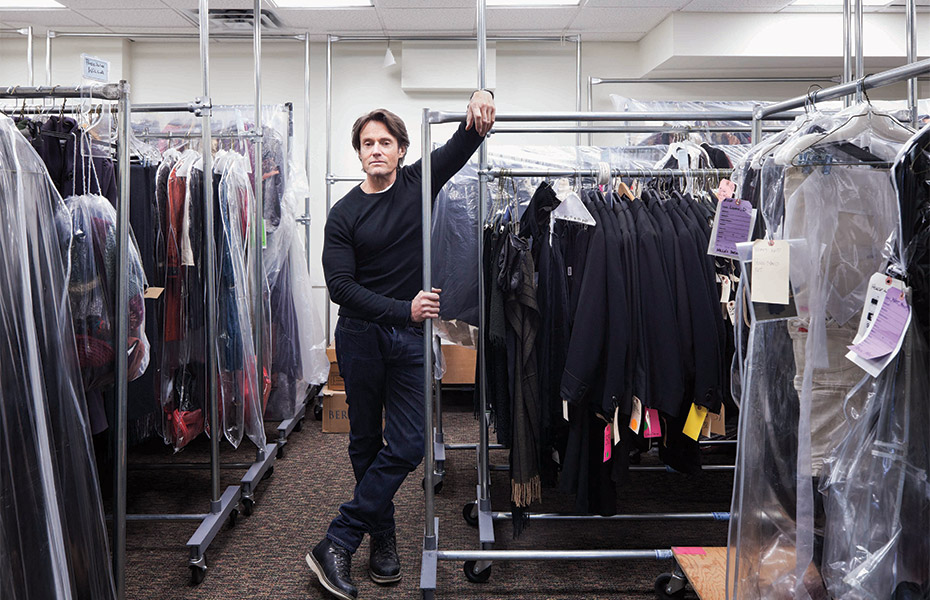
Photography: Dean Kaufman
The Lincoln era of the 1860s is a kind epoch for costume designers, with plenty of characteristics and intricate details to play with. “I was very drawn to the cuts of the clothes; the sleeves on the men’s coats were cut in a curve that made them swell out in the middle of the sleeve. It was more formal back then; men wore waistcoats and interesting neckwear. Lincoln himself wasn’t interested in clothes but one of my favourite details is the lining of his hat – it was made out of a red Moroccan leather,” says Johnston.As with so many other aspects of filmmaking, preparation is key. “It’s imperative that you base your design on thorough research and never forget that it has to complement the aesthetic of the whole film. Only when an audience believes the film can they truly enjoy it,” says Taylor.
Another crucial phase is fitting sessions with the actors. “It needs to feel like the person I’m creating,” states Bridges. “For There Will Be Blood we had seven-hour fittings with Daniel Day-Lewis. It’s a demanding time for everyone involved. There’s a magic moment in a fitting when the third person emerges: the character. It’s the eureka moment everyone’s waiting for,” he says. According to Piero Tosi, the legendary costume designer of Bellissima, The Leopard and Death in Venice, not much has changed over the years: “The method is always the same: research, deep knowledge and understanding of the characters as well as the historical period and settings of the movie. Hollywood’s costume design was fabulous in the 30s and 40s. They didn’t care about fashion and never really followed trends, but always managed to create their own, very typical style… their own world.”
One of the most challenging jobs in costume design is creating a wardrobe for sci-fi films: the costume designer, together with the director, must build a whole new universe from scratch. Michael Kaplan, who got his break working in the wardrobe department for The Sonny & Cher Show, created the look for Ridley Scott’s Blade Runner. “All other designers thought of space suits for its futuristic theme. But to me, the script read as a Humphrey Bogart movie, like film noir. It had an atmosphere of the old Hollywood about it – a Sam Spade feeling – so I gave the film a 1930s and 40s silhouette. We used details from the past instead of the future, changing them to give them a futuristic edge. That’s why Blade Runner had an odd and strange silhouette: it evoked feelings of a period drama but took you to a new place,” Kaplan remembers.
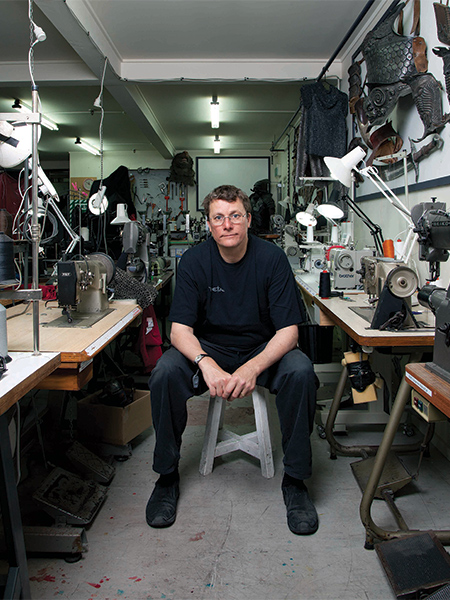
Photography: Russell Kleyn
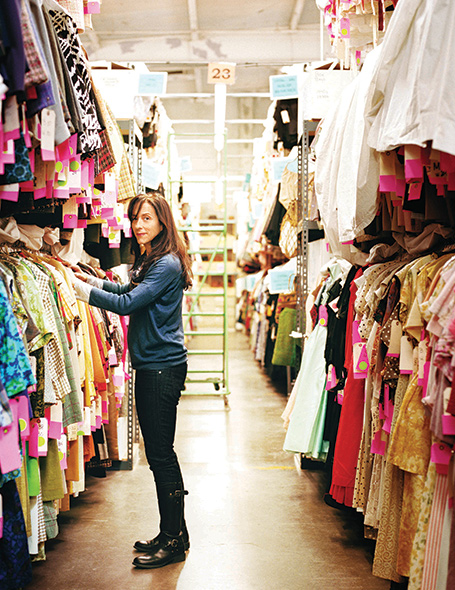
Photography: Amanda Marsalis
Mary Zophres, a long-time collaborator with Joel and Ethan Coen, has managed to create her own sartorial calling card. Nine Cohen films in, her most recognisable character is arguably The Dude in The Big Lebowski. “We prep in both verbal and visual ways – it’s a collaborative medium. A Coen script is very evocative in that you automatically picture what the characters will look like when reading it,” Zophres says. For her, The Dude’s appearance was summed up when the script described him as “terminally relaxed”.
“Jeff character lived in the Venice area of Los Angeles, and it doesn’t get much more laid-back than that. I bought all his clothes – slouchy knits, trousers with elasticated waists – in local thrift shops. It was important to maintain that beach vibe,” she recalls. The film’s most iconic scene, when The Dude walks into a supermarket and pays for a carton of milk with a cheque, shows how costume design can hammer home the point: “Jeff was wearing a T-shirt and shorts but for that scene I made him wear a bathrobe on top – they don’t call him The Dude for nothing.”




